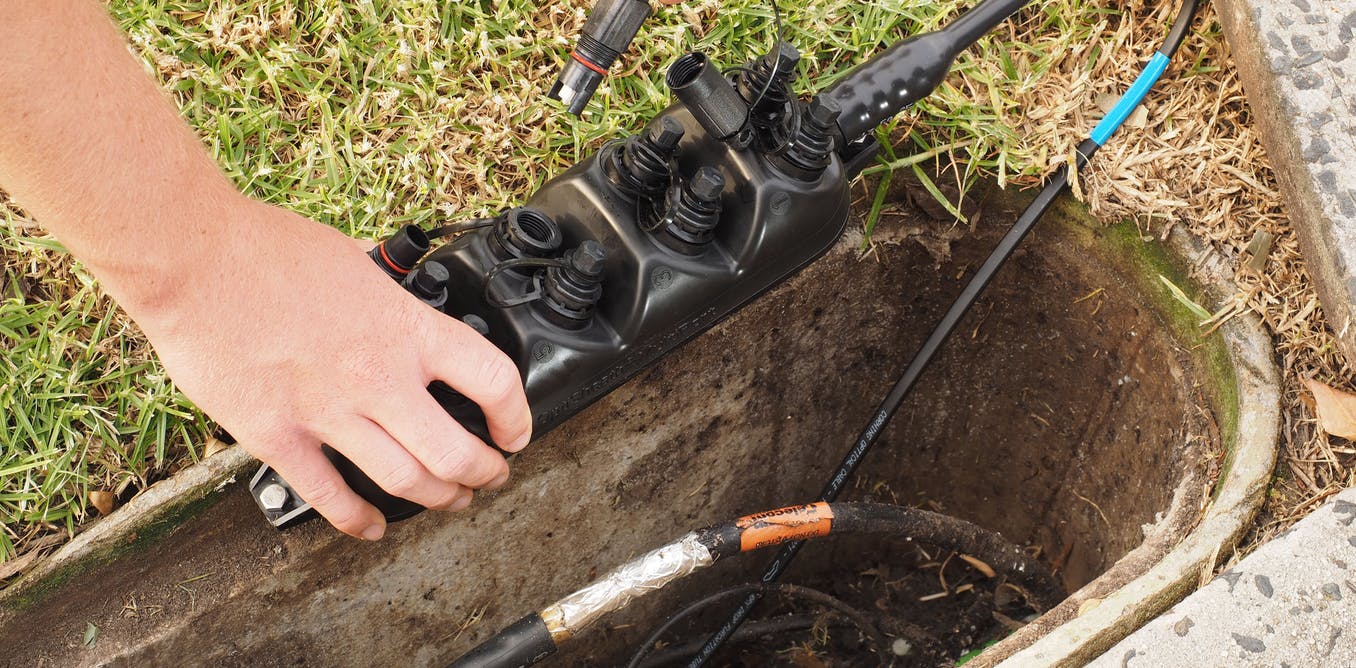NBN Co’s latest corporate plan shows the national broadband network operator is serious about improving service speeds for Fibre to the Curb (FTTC) and Hybrid Fibre Coaxial (HFC) customers, however FTTN customers will be left behind.
Released Friday, the 2020-23 corporate plan sets the NBN strategy for the next 4 years, noting that 8.6 million households will be able to access the network by 30 June 2023. Approximately 40% of those households will be stuck on the NBN’s worst access technology Fibre to the Node, and just 21% will be Fibre to the Premises which is what the whole network would’ve been under the original policy.
Be that as it may, parts of the network are seeing significant improvements and will do under the plan for the next four years. Fibre customers can already achieve gigabit speeds (in theory, though there aren’t retail plans at these speeds), and soon FTTC and HFC customers will be able to enjoy much faster speeds too.
Making up a combined 3.1% of NBN customers, FTTC and HFC customers stand to receive theoretical gigabit speeds with technology improvements – FTTC customers will be progressively upgraded to G.fast tech, delivering gigabit to the household. HFC customers will see an upgrade to DOCSIS 3.1, which delivers the same benefits.
Unfortunately, the largest group of users – the 40% of users on FTTN – will not see any significant improvement under the 2020-23 NBN plan. NBN Co’s Stephen Rue said there were no plans within the strategy’s four year timeline, stressing that the emphasis was on completing the network rollout and ensuring NBN Co-was profitable.
“We expect 90% of FTTN customers will reach speeds of 50 Mbps, and we guarantee 25 Mbps to all of them. Our priority now is to complete the rollout, which we are on target to do by June 2020. The best way to ensure we can invest in future the network will be to generate a strong cash flow.”
Customers in FTTN have been experimenting with alternative access technologies to improve their broadband speeds – Optus’ 4G home broadband plans are increasingly popular, and 5G home broadband will be moreso, promising faster speeds than most FTTN connections can deliver.
This situation is fairly disappointing – while Fibre, FTTC and HFC customers (and, to an extent, even Fixed Wireless customers) are enjoying fast broadband speeds, FTTN customers are guaranteed just 25Mbps, speeds barely quicker than the ADSL2 technology the NBN was meant to replace.
While there are no plans across the board to improve the lot of FTTN customers, it is likely that smaller projects will continue to speed up the worst FTTN connections – NBN Co has said previously that in areas where the minimum 25Mbps speeds cannot be reached, it will look at overbuilding/replacing the FTTN network with something better, such as FTTC or (where infrastructure permits) HFC instead.
One thing’s for sure, it won’t be happening everywhere, and for FTTN users, the next four years look bleak.




